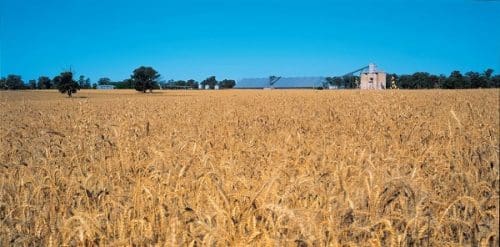 AUSTRALIA’S winter crop production will be the second biggest harvest on record, the national commodity forecaster has predicted.
AUSTRALIA’S winter crop production will be the second biggest harvest on record, the national commodity forecaster has predicted.
ABARES has released its Australian crop report – February 2021 and estimates 2020-21 national winter crop production will increase by 89 percent to 55.2 million tonnes.
This is due to a forecast increase in wheat production of 120pc to 33.3 million tonnes, a 45pc lift in barley production to 13.1 million tonnes and a 74pc hike in canola production to 4.1 million tonnes.
Acting ABARES Executive Director Jared Greenville said the 2020-21 forecast is 7.4pc higher than the forecast presented in the December 2020 crop report.
“The upward revision was the result of yields continuing to exceed expectations as harvest progressed, particularly in New South Wales and Western Australia,” Dr Greenville said.
The 2020-21 summer crop season is forecast to be better than last year but still be below average.
Area planted to summer crops is estimated to be 1.04 million hectares — nearly three times larger than in the heavily drought-affected 2019-20 season.
Dr Greenville said yield prospects are expected to benefit from favourable rainfall outlook and mild temperatures forecast for autumn.
“Summer crop production is forecast to increase to 3.3 million tonnes in 2020-21.
“This is around 13 per cent below the 10-year average to 2019–20 because planted area remains below average due to limited planting in New South Wales on the back of large winter crop plantings and a poor start to the summer crop season in some areas of Queensland,” he said.
“Area planted to grain sorghum is estimated to have increased by 258pc in 2020–21 to 511,000 hectares.
“Production is forecast to increase by 409pc to 1.5 million tonnes,” Dr Greenville said.
He said the area planted to cotton is estimated to have risen by 395pc in 2020-21 to 295,000 hectares, driven by improved soil moisture and greater supply of irrigation water in most cotton-growing regions.
“Yields are forecast to be below average due to a higher than average share of dryland cotton in northern New South Wales and southern Queensland.
“Dryland cotton yields less than irrigated cotton.”
The ABARES Australian Crop Report – February 2021 is available here.



HAVE YOUR SAY